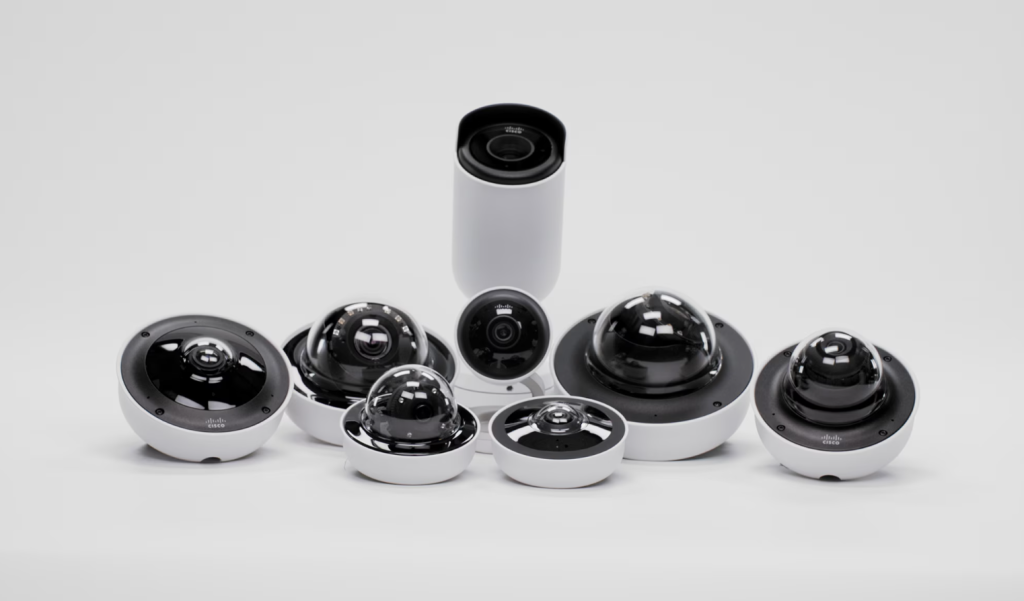Artificial intelligence and the Internet of Things are now operational necessities. Enterprises rely on smart devices and intelligent systems to automate workflows, optimize operations, and collect real-time insights. From autonomous inventory tracking in warehouses to occupancy sensors in smart buildings, these connected endpoints generate immense value. But they also introduce new vulnerabilities. Each connection adds to the potential attack surface, raising serious challenges for IT teams tasked with maintaining network integrity.
Network security must now extend far beyond firewalls and VPNs. It must adapt dynamically to the behavior of thousands of endpoints, most of which are headless, unmanaged, or embedded. Meraki security solutions meet this challenge with a cloud-managed architecture that integrates AI-powered analytics, device segmentation, and identity-based access policies into a single, scalable platform. This article explores how Meraki brings AI and IoT under a unified security framework, empowering enterprises to innovate without compromising control.
The growth of IoT in enterprise environments is exponential. From temperature sensors and HVAC controllers to badge readers and smart lighting, businesses are deploying connected devices at every layer of their operations. These systems enhance efficiency, reduce human error, and generate actionable insights when properly secured.
Each new device, however, increases the risk. Unlike laptops or smartphones, IoT endpoints often lack built-in defenses, making them vulnerable targets. Without proper isolation and access control, a compromised sensor can become a gateway to the broader network.
Legacy network security models cannot scale to manage this complexity. Static VLANs, perimeter firewalls, and manual configurations fall short in environments with hundreds of device types and dynamic behaviors. Meraki’s cloud-native approach, combined with AI-powered controls and deep visibility, offers a modern path forward, ensuring network security keeps pace with innovation.

Meraki security solutions are designed for networks saturated with IoT devices and smart systems. At the core of this architecture are Meraki MX security appliances, which provide advanced threat protection through identity-based policies, next-gen firewalls, and cloud-delivered updates. These devices leverage Cisco Talos intelligence to block malicious traffic in real time, offering protection against malware, phishing, and zero-day exploits.
For segmentation, Meraki uses dynamic group policies to ensure that IoT devices only communicate with what they’re meant to. A smart thermostat won’t be able to reach a payment gateway. An IP camera won’t have access to HR records. Segmentation is enforced consistently across wired and wireless networks using Layer 7 traffic analytics and client fingerprinting.
Firewall rules adapt based on context—blocking unknown devices, isolating threats, and dynamically updating based on new risk signals. Advanced features like intrusion prevention and adaptive DNS filtering further strengthen network security by containing suspicious activity before it spreads.
The Meraki dashboard provides continuous telemetry and real-time alerting. Administrators can monitor device behavior, review event logs, and receive immediate notifications when anomalies occur, ensuring that threats are stopped before they impact users or critical systems.
AI plays a vital role in how Meraki secures and manages connected environments. Through the Meraki cloud platform, AI models analyze usage patterns, client behavior, and traffic flows to detect irregularities automatically. This reduces the burden on IT teams and accelerates incident response.
Smart alerting features are built around behavioral baselines, not just static thresholds. If a device suddenly sends traffic at odd hours or attempts to reach unusual destinations, the system flags it. Tools like Wireless Health and Client Insights identify when an access point underperforms or a client device struggles to authenticate, often before users report problems.
Meraki’s AI-driven tools allow for proactive network security enforcement. By highlighting patterns that deviate from the norm, administrators can take action faster and with more confidence. Whether resolving a failing AP or isolating a rogue IoT device, AI turns detection into prevention.

Meraki MV cameras combine physical security with intelligent analytics. These cameras process video at the edge, using onboard AI to detect people, vehicles, and motion events. No video is sent to the cloud for analysis; only metadata is sent, keeping bandwidth low and privacy high.
Beyond surveillance, these cameras function as sensors for operational and network security use cases. Administrators can use motion alerts to trigger access restrictions, monitor occupancy to adjust HVAC schedules, or integrate detection data into broader automation workflows. With built-in storage, edge analytics, and seamless integration into the Meraki dashboard, MV cameras bring AI to physical security without adding infrastructure.
Retail environments benefit greatly from Meraki’s integrated AI and IoT capabilities. Smart devices monitor inventory, enable contactless checkout, and personalize customer interactions. Meraki security ensures these connected systems operate safely. VLAN segmentation keeps POS terminals separate from guest Wi-Fi and smart signage. Meraki MV cameras track foot traffic to help retailers evaluate store layouts and optimize staffing during peak hours—all without compromising sensitive data or customer privacy.
Education sectors rely on BYOD access and connected classroom tools, from smartboards to tablets. Meraki simplifies access management using identity-based policies. It ensures students, faculty, and guests are securely segmented. Classroom IoT devices can be monitored and isolated to prevent lateral movement or misuse. AI-driven insights help IT detect misconfigured endpoints, bandwidth bottlenecks, or unauthorized access attempts.
Healthcare facilities are increasingly adopting connected diagnostic equipment, patient monitoring tools, and wireless devices for telemedicine. These tools must meet strict compliance standards, including HIPAA. With Meraki network security, healthcare teams can deploy secure VLANs for medical devices, track IoT traffic patterns, and receive alerts if a device behaves unexpectedly. MV cameras also support physical security without exposing patient footage, thanks to built-in privacy settings and local video storage.
Logistics and warehousing operations leverage Meraki for managing autonomous vehicles, barcode scanners, and environmental sensors. AI tracks asset movements, while Meraki security policies keep operational tech isolated from administrative systems. Network templates and centralized provisioning allow rapid deployment in new warehouse locations without adding local IT staff.
As smart environments scale, so do the demands placed on infrastructure. Meraki’s cloud-first architecture allows organizations to integrate new endpoints, data sources, and behavior patterns without reconfiguring from scratch. This flexibility is crucial as AI applications become more dynamic and IoT devices more specialized.
Future enhancements in Meraki security will continue to blend predictive insights with automation. New AI models will anticipate failures, adjust access rules in real time, and correlate security alerts across physical and digital domains. From retail stores to industrial facilities, Meraki’s evolving architecture ensures that networks remain agile, visible, and secure, no matter how many connected devices enter the environment.
AI and IoT have expanded what enterprise networks can do, but they’ve also redefined what they must defend. From thousands of smart sensors to high-resolution edge analytics, businesses now require security that adapts as fast as their infrastructure grows. Meraki security delivers that by combining AI, cloud-based control, and real-time visibility in a single, scalable platform. It simplifies network operations while giving teams the tools to support innovation safely and efficiently.
At Stratus Information Systems, we help organizations deploy secure Meraki environments that support AI and IoT workloads across retail, healthcare, education, and enterprise. From architecture planning to implementation and optimization, our team ensures that every layer, from access point to application, is aligned with your security and operational goals.
Contact us today to learn how we can help you build a smarter, safer network with Cisco Meraki.

Continue Reading...